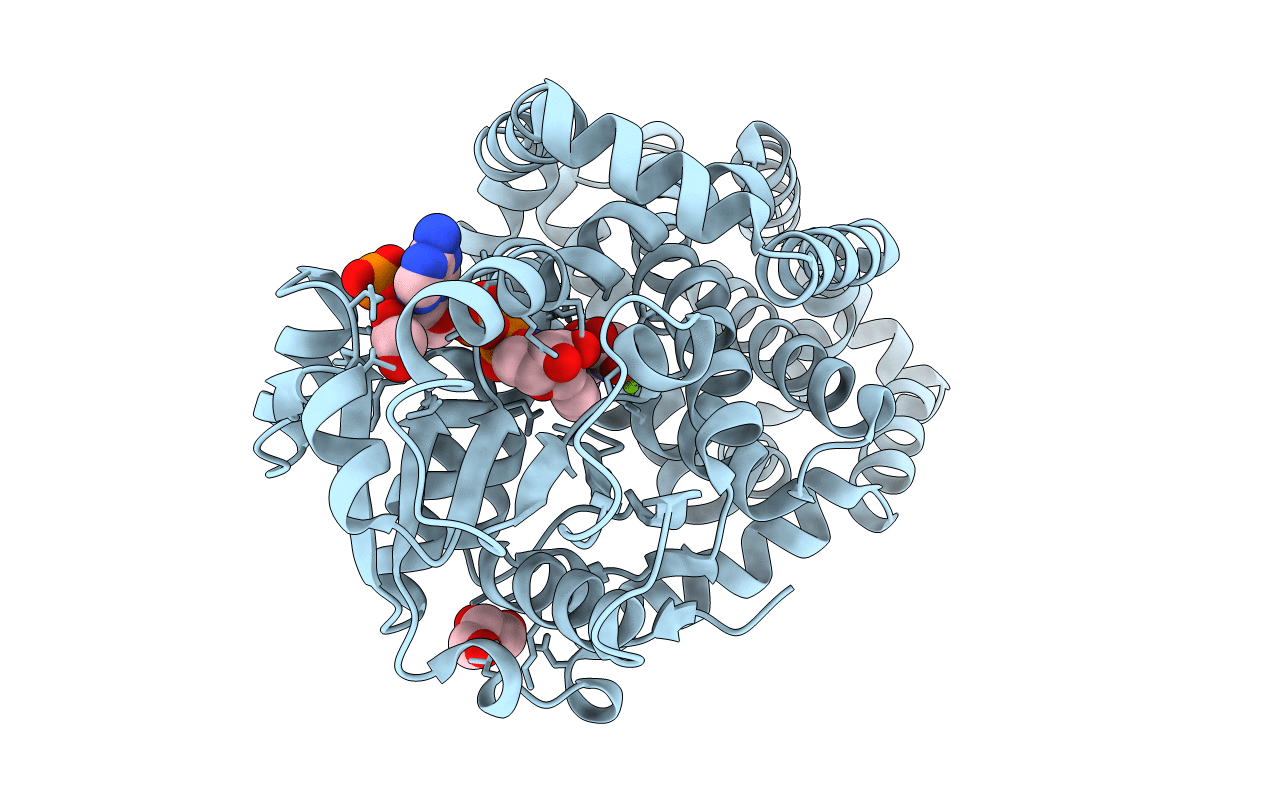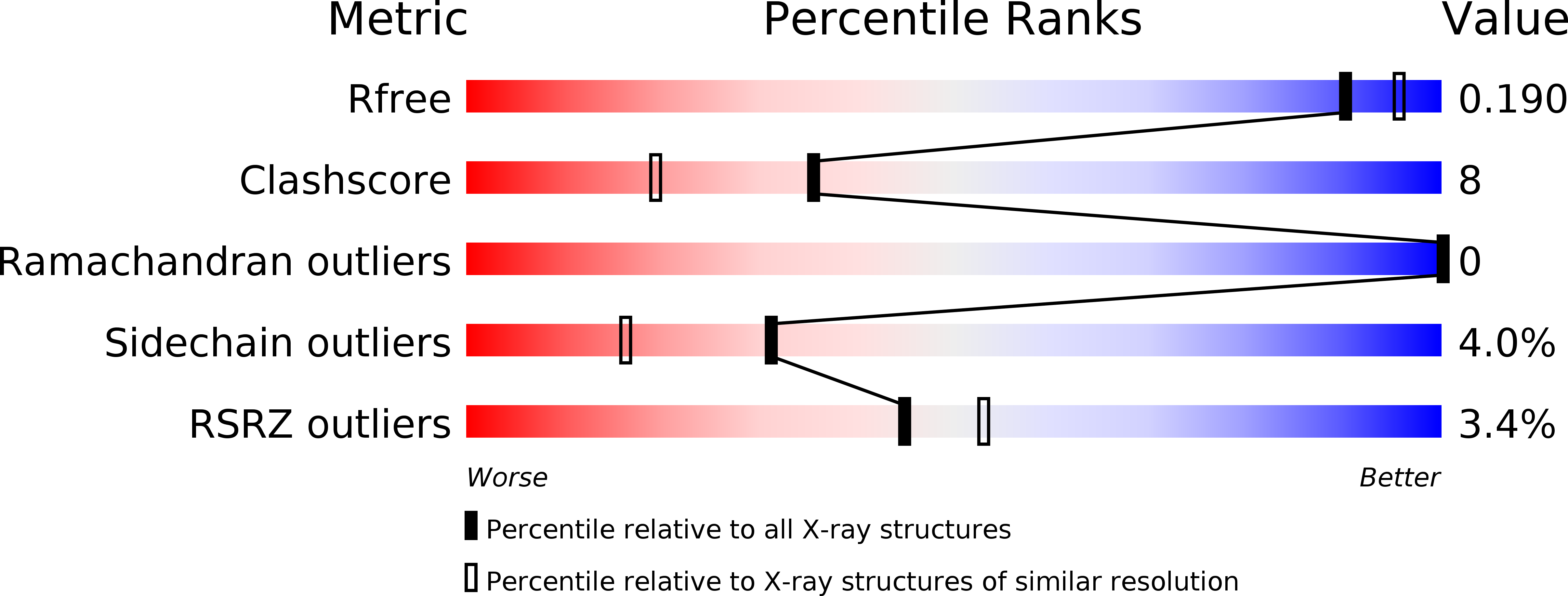
Deposition Date
2015-10-07
Release Date
2015-12-23
Last Version Date
2023-09-27
Entry Detail
PDB ID:
5E4R
Keywords:
Title:
Crystal structure of domain-duplicated synthetic class II ketol-acid reductoisomerase 2Ia_KARI-DD
Biological Source:
Source Organism:
Host Organism:
Method Details:
Experimental Method:
Resolution:
1.94 Å
R-Value Free:
0.17
R-Value Work:
0.15
R-Value Observed:
0.15
Space Group:
P 43 2 2


